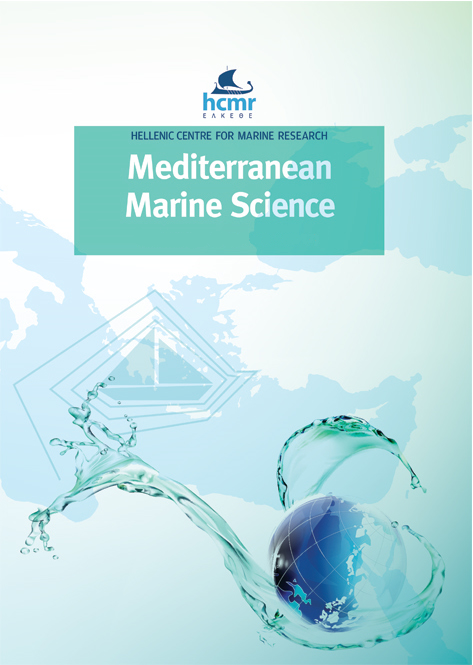New and long-awaited recruitment of the Critically Endangered species Pinna nobilis in the Mar Menor lagoon (SE Spain, Murcia)
Abstract
The bivalve mollusk Pinna nobilis is critically endangered. The specimens from the Mar Menor coastal lagoon constitute one of only two surviving populations in Spain. Due to the eutrophic conditions and environmental collapse of the lagoon, the number of living individuals has been drastically reduced. Furthermore, these conditions, along with other factors, have made it difficult for the species to reproduce successfully. In this report, a new recruitment of individuals detected in the Mar Menor is described for the first time in years. It was considered their spatial and size distribution, and their estimated age.
Article Details
- Come citare
-
MARTÍNEZ-MARTÍNEZ, P., GIMÉNEZ-CASALDUERO, F., FERNÁNDEZ-TORQUEMADA, Y., MURCIA, J., MONTANO-SIMÓN, A., & CORTÉS-MELENDRERAS, E. (2025). New and long-awaited recruitment of the Critically Endangered species Pinna nobilis in the Mar Menor lagoon (SE Spain, Murcia). Mediterranean Marine Science, 26(3), 421–427. https://doi.org/10.12681/mms.39227
- Sezione
- Short Communication
Authors who publish with this journal agree to the following terms:
- Authors retain copyright and grant the journal right of first publication with the work simultaneously licensed under a Creative Commons Attribution Non-Commercial License that allows others to share the work with an acknowledgement of the work's authorship and initial publication in this journal.
- Authors are able to enter into separate, additional contractual arrangements for the non-exclusive distribution of the journal's published version of the work (e.g. post it to an institutional repository or publish it in a book), with an acknowledgement of its initial publication in this journal.
- Authors are permitted and encouraged to post their work online (preferably in institutional repositories or on their website) prior to and during the submission process, as it can lead to productive exchanges, as well as earlier and greater citation of published work (See The Effect of Open Access).






